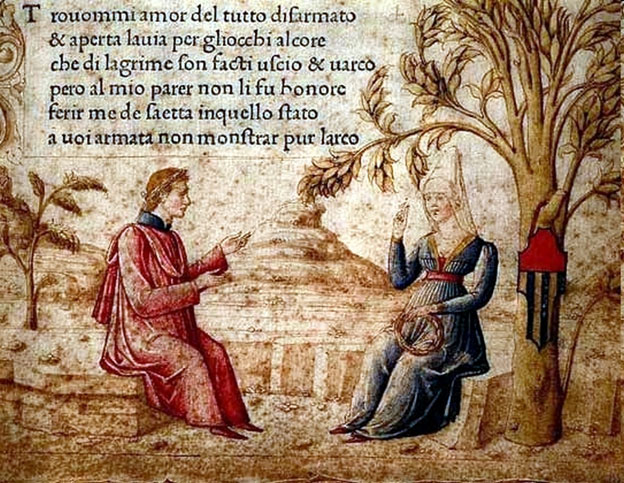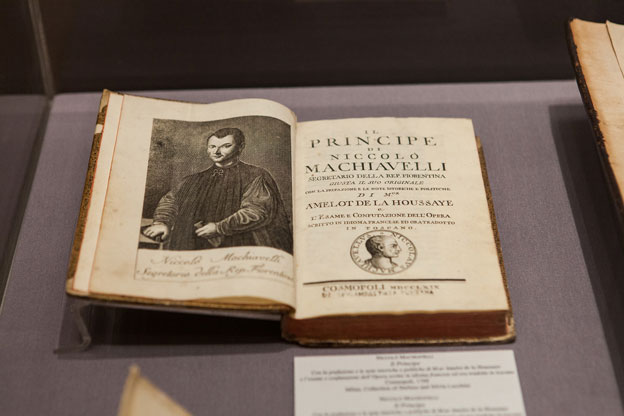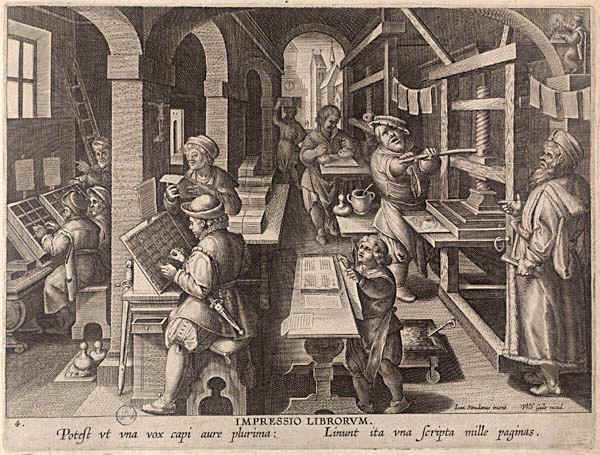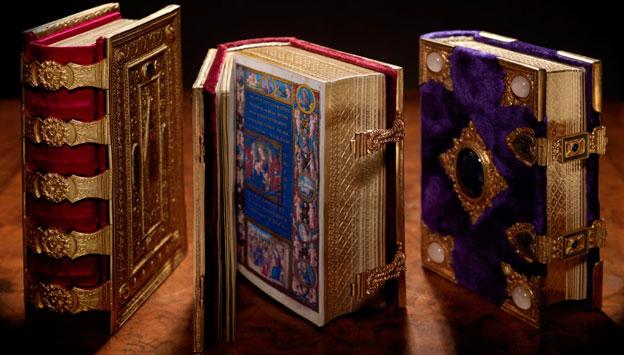In our third article dedicated to the Italian Renaissance (read part 1 here and part 2 here), John Bensalhia looks at how the movement spurred on a whole new generation of literary masterpieces.
Background
With the Renaissance philosophy and ethos established, the tide was starting to turn. And where better to spread the word of these beliefs than in writing? Many of the key players in the Renaissance were scholars, writers and poets, and this spurred on a whole new revival in literature. It's worth noting a number of things: one is that the literature of the Renaissance era saw a use of the native Italian tongue, which had not normally been used prior to this; another point is that while the scholars, poets and writers were still influenced by Christianity, other influences in literature were starting to creep in, such as classical Greek and Latin. With that in mind, the Renaissance saw many translations of classical works – but it wasn't just about reliving past glories. Many of the new authors were keen to write new works, while looking to the classical authors for inspiration – writers such as Virgil, Plato and Homer. Ovid's Metamorphoses, for example provided a source of inspiration for Petrarch's Il Canzoniere, in particular, the concept of instability.

Humanist values and beliefs
The Humanism aspects of the Renaissance were promoted in the new wave of literature. Take Petrarch's De Vita Solitaria. One of the key themes of Humanism was that of individual thought. De Vita Solitaria embraced this notion by examining the concept of solitude, and asserting that a solitary existence was vital for a life of contemplation. In an ideal world, the hurly burly of urban life would be ignored in favour of a meditative, contemplative life in the country, fixated on the study of literature and meditation.
Petrarch's epic poem, Africa, was also launched in a speech that he gave during the Easter period of 1341. Petrarch explained how things were starting to change from the Middle Ages through to the burgeoning movement of the Renaissance. This was very much the setting of the stall for the Renaissance, and seen as the first overt Renaissance manifesto. The poem, Africa, while telling the tale of the Second Punic War, also has undercurrents relating to modern Italian life and the inclusion of Christian values and ideals.
It wasn't just Petrarch who would champion the Humanist school of thought. Poliziano (a nickname for writer Angelo Ambrogini) would celebrate the life in the country in his work, The Rusticus. Meanwhile, Matteo Boiardo's Orlando Innamorato would champion the good nature of the human personality, emphasising the importance of good manners, courtesy and generosity.
Anthologies and collections
One of the notable formats of Renaissance literature was that of the anthology – in which a collection of short pieces (stories, poems or anecdotes) come together to form the final book. Petrarch's Il Canzoniere is a collection of 366 poems. These poems are mainly written in sonnet form, but there are also other formats such as madrigals, ballade and canzoni. The collection format allows for a whole scope of subjects to be written about, from thoughts on religion and politics through to musings on the changing mind of humanity and the creation of the poem, through to the familiar emotional tropes of desire, isolation, and also, unrequited love – in this case, Petrarch's unrequited love for a woman called Laura. The idea that love is something that is always desired but at the same time has the potential to cause pain would be a template for many a future poem, novel and film screenplay.
Giovanni Boccaccio's masterpiece, The Decameron, is an anthology of 100 stories, told with a unique twist. The stories are told from the point of view of 10 people sheltering from the Black Death in a villa outside Florence. To keep their spirits up, the seven women and three men tell each other stories over a period of two weeks. The stories cover a whole spectrum of subjects, from human will to love stories, both with happy and sad endings. The anthology format again allows for a broad church of styles, genres and subjects, which come together to form a compelling, diverse read. While there are jokes and witticisms, there are also serious morals and unhappy endings. Boccaccio's Decameron makes a number of points, including the naturalness of sex, and how the commercial and urban personality traits of wit, cunning and intelligence will always trump dull stupidity every time.

Politics
The Renaissance allowed writers to put across their political views. One of the most vocal was that of Niccolò Machiavelli. Two notable examples showcase Machiavelli's radical political thoughts – Discourses On Livy is a collection of lessons that argue the case for republicanism. The work not only puts forward the arguments for a republican state, but tells of how a republican state should be started and shaped. Among his many arguments are that governments of people are better than governments of princes; people are superior in their abundance of good qualities over faults; and that living under a life of a private citizen is better than living under the life of a king.
His other well-known book is called The Prince, acting as a kind of handbook for both the leader of Italy and any ruler. It's controversial in that it doesn't shy away from the darker side of rule. Machiavelli argues that in some cases, overt expressions of power are necessary to ensure stable and strong rule. Even if a leader is feared rather than admired or loved, sometimes this is a necessary thing, according to the book. For example, Machiavelli argues that in some cases, violence and brute force are necessary evils for holding on to power, getting rid of any political rivals and quelling any resistance. Hence, the common term of 'Machiavellian' can arguably be traced back to the writer's most infamous work.
New styles
New styles and formats of poetry were being introduced during the Renaissance period. One notable style was Canto Carnascialesco. This was a choral song, of sorts, and was often seen and heard in carnivals and masquerades. These would commonly be recited by workmen, who would deliver these new types of rhyme about their craft.
Other poets were leaning towards an epic, expansive style of poetry. Luigi Pulci, for example, wrote works such as Morgante Maggiore in this style, allowing for the scope of subjects such as theology and science.

A louder voice across Europe
Of course, one notable innovation stemming from the Renaissance was that of Johannes Gutenberg's new type of printing press. Thanks to this new breakthrough in book printing, literature was no longer the prerogative of an elite few. From the mid 1400s, literature could now be more readily available. More people could be taught about the various ideas and opinions stemming from the Renaissance. The printing press was not only revolutionary in developing Renaissance thought, but in widening literature to a greater audience.
And of course, the Gutenberg Bible, the first book to be printed in the west using movable type, would go on to be one of the most valuable and rare publications.












